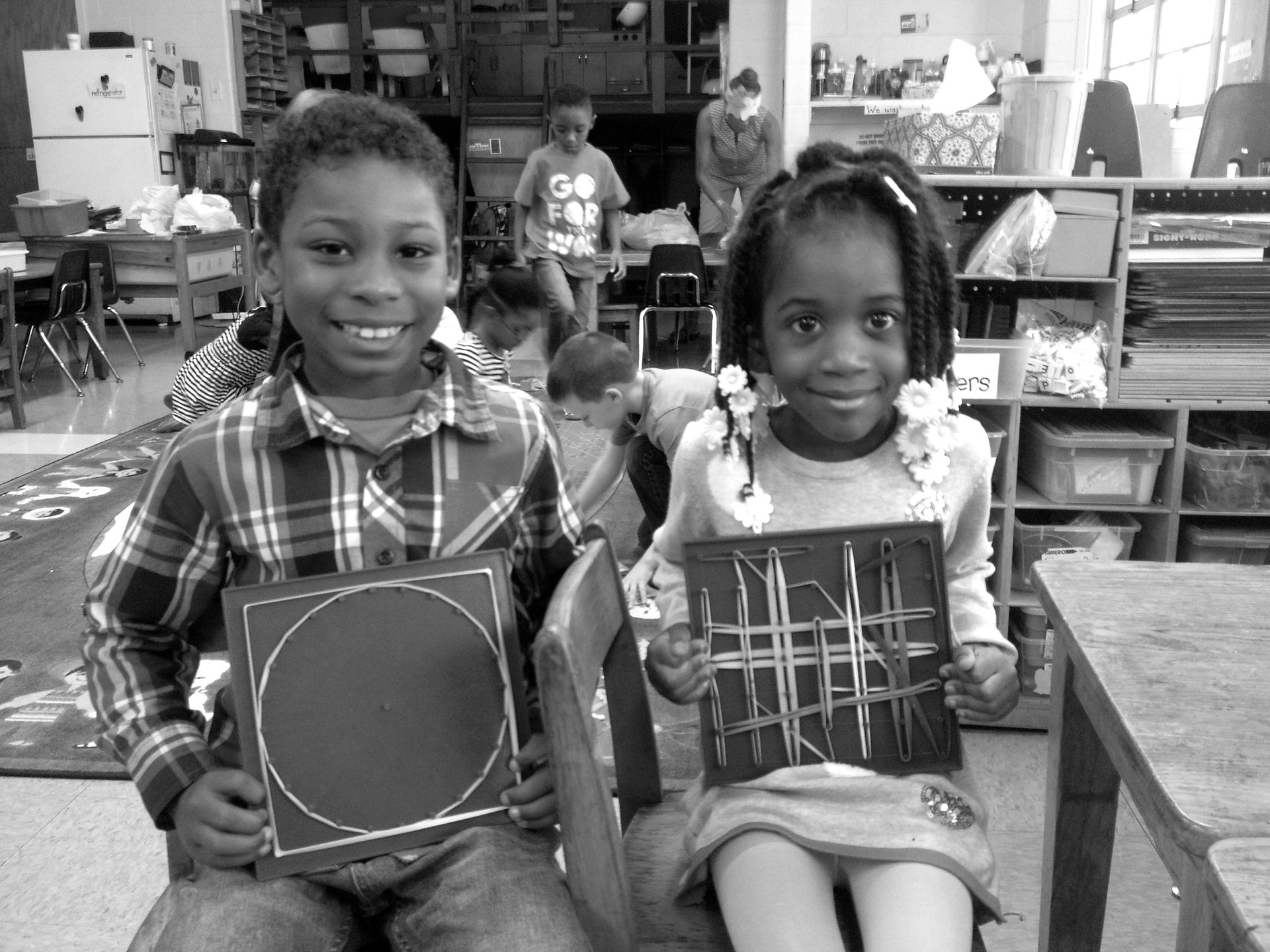
TYING IT
ALL TOGETHER
One question that remained was what would happen after the completion of the assignment. What exactly were we going to do, as a class, with the information we collected? What story would we tell? I’d not realized how difficult it could be, at the end of a unit, or at the end of a project, to tie the learning together in just the right way.
Something I regret is not giving the kids more of a chance to discuss their interviews as a class. Simply more discussion of the interviews would have provided an opportunity to build the kind of connection to community that I was really hoping for. Without that, key questions remain unanswered. Even if I can confidently say that most of the students ‘liked’ the assignment--was it really a meaningful assignment to them? Had it engaged them more in school than another non-traditional assignment might have? And was it the family involvement that had made it meaningful? Classroom conversation might have given me more information and insight into these questions.
Throughout my unit, I played short excerpts from a model StoryCorps interview between one young woman and another about the experience of moving from Venezuela to the United States. At the end of the unit, I returned to this resource. As I played clips, I paused at moments to ask the students if they’d come across similar information in their own interviews. It was here where students had a small opportunity to share out information from their own interviews. But it was a short class conversation, shorter than I’d hoped for, and I felt that I’d rushed it. How were the students going to create the kind of understanding that I wanted them to if they weren’t sharing and connecting over their experiences?
In their text, Making Sense: Teaching and Learning Mathematics with Understanding point, Hiebert et al point to the importance of reflection and conversation. ‘One of the simplest principles we can suggest is that if you would like students to understand, then be sure they are reflecting on what they are doing and communicating about it to others.’ (Hiebert et al, P. 18) And another text that we read in our Math Methods course makes the point that talk is important but that it is up to teachers to help steer the conversations: ‘many discussions include contributions that are inarticulate, unclear in purpose, or unrelated.’ ‘Teachers often need to solidify what has been discussed in the lesson by clearly summarizing key points.’ ‘The importance of summary cannot be overestimated. It is through this process that conclusions are drawn and shared meaning among the students is developed.’ (Chapin et al, P. 146)
I’d envisioned bringing students to the carpet and facilitating a share-out of what they learned during the family interviews; structuring the conversation by asking them to compare the information they collected with the experiences of other sources we’d looked at during the unit. How are our family experiences similar or dissimilar to the stories we read about Syrian refugees, Blacks moving North in the 1900’s, William Penn hoping to find religious freedom? How are our family experiences similar to one another? But I worried that I didn’t have enough time in my two-week unit to devote a full class lesson to this kind of conversation. I worried that this kind of loose conversation wouldn’t seem ‘academic’ enough to my classroom mentor—though reflecting on it now, I’m sure she would have supported it.
I know now that it would have been worthwhile to slow down and give the kids the opportunity to share what they learned. It also might have increased in my students the sense that the assignment had truly been important; that they had engaged in real, serious reporting and created new knowledge about a topic.
Next Pg.